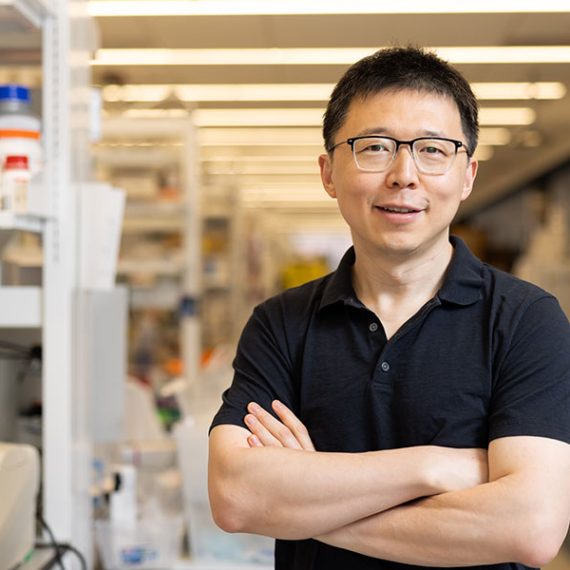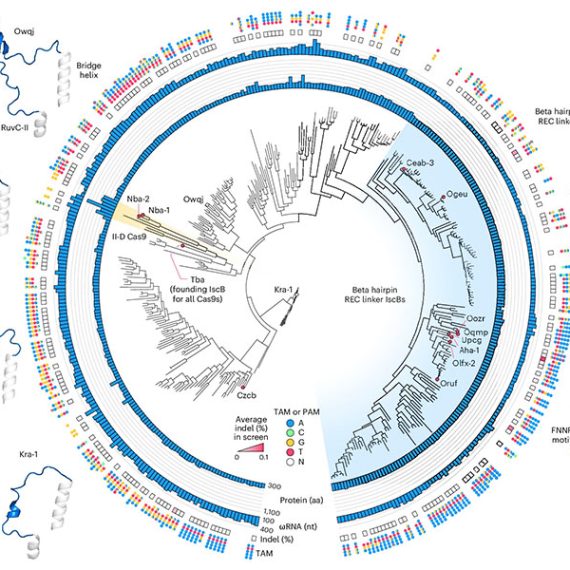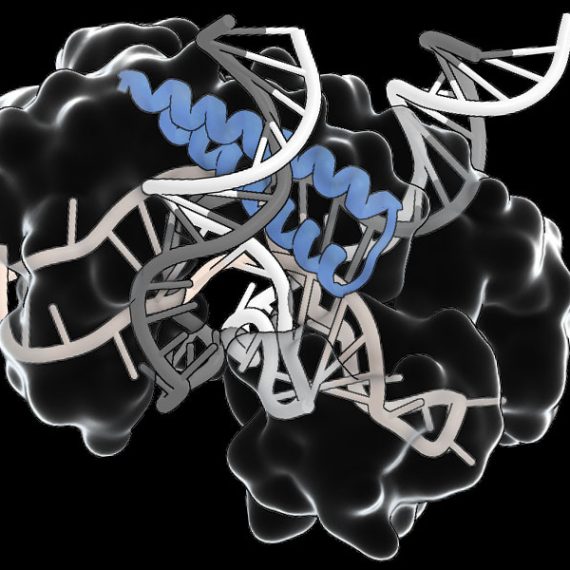Clinical trials bring first CRISPR-based therapies to patients
Sickle cell anemia and blindness are just two diseases targeted by new CRISPR therapies.

Nearly ten years ago, Feng Zhang and other pioneering scientists developed CRISPR, a revolutionary technology that quickly became biologists’ preferred method of editing DNA. Biologists, computer scientists, and engineers in Zhang’s lab are continuing to explore natural CRISPR systems and expand researchers’ gene-editing toolkit. But for their long-term goal of using those tools to improve health, clinical collaboration is essential.
Clinical trials are rarely led by academic researchers; licensing agreements and partnerships with industry are usually essential to transform laboratory findings into advances that impact patients. Editas Medicine, a company co-founded by Zhang, aims to use CRISPR to correct disease-causing genetic errors inside patient cells—and two of Editas’s experimental CRISPR-based therapies have reached clinical trials.
One is a treatment for sickle cell anemia, a disorder in which a single genetic mutation disrupts the production of hemoglobin, creating misshapen red blood cells that can’t carry oxygen efficiently. With CRISPR, that mutation can be corrected in stem cells isolated from a patient’s blood. The CRISPR-modified cells are then returned to the patient, where they are expected to generate healthy red blood cells. The same strategy may also be effective for treating another inherited blood disorder, transfusion-dependent beta thalassemia.
Editas is pursuing a similar strategy to correct the mutation that causes Leber congenital amaurosis, an inherited form of blindness—but in that case, the CRISPR-based therapy is delivered directly to cells inside the body. The experimental treatment uses a viral vector to introduce CRISPR to the retina of the eye, where a gene mutation impairs the function of light-sensitive photoreceptors. Clinical trial participants received their first treatments in 2020, and in 2021, the company announced that some patients had experienced improvements to their vision.




